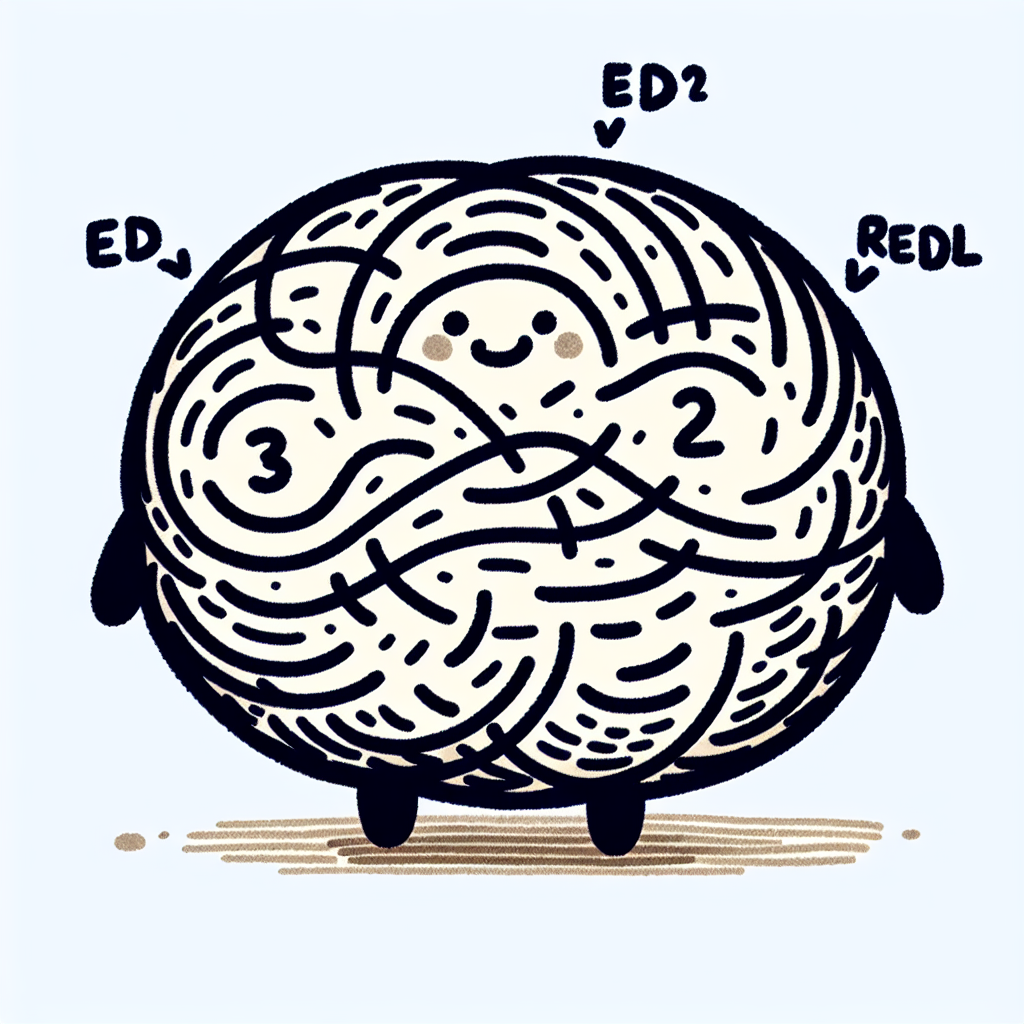Understanding the Early Decision (ED) acceptance rates at Emory University can help prospective students make more informed application decisions. This guide delves into the details of ED I and ED II acceptance data, compares trends over time, and explores broader implications for applicants.
Overview of Emory University’s Application Pathways
Emory University offers multiple application options for prospective students, each with distinct timelines and commitments. Understanding these pathways is essential for applicants aiming to maximize their chances, particularly when considering the Emory Early Decision acceptance rate.
Regular Decision vs. Early Decision
Emory provides three main application routes: Early Decision I (ED1), Early Decision II (ED2), and Regular Decision.
- Early Decision I (ED1): This is a binding application option, meaning students who are accepted must commit to attending Emory. The deadline typically falls in early November, and decisions are released by mid-December. Applying through ED1 can be strategic for students who are confident in their choice and want to benefit from the generally higher Emory Early Decision acceptance rate.
- Early Decision II (ED2): Like ED1, ED2 is also binding but offers a later deadline, usually in early January. This option is ideal for students who decide later in the process that Emory is their top choice. ED2 still allows applicants to take advantage of the favorable Emory Early Decision acceptance rate compared to Regular Decision.
- Regular Decision: This is a non-binding option, with deadlines typically in early January and admissions decisions released in the spring. Regular Decision applicants are not obligated to attend if accepted and can compare financial aid offers from multiple schools.
Emory's Dual-Campus System
Applicants to Emory University can choose between two distinct undergraduate experiences:
- Emory College of Arts and Sciences: Located in Atlanta, this is the main undergraduate campus offering a wide array of liberal arts and sciences programs.
- Oxford College: Situated in Oxford, Georgia, about 38 miles from Atlanta, this campus provides a two-year liberal arts foundation. Students then transition to the Atlanta campus to complete their degrees.
Both campuses share the same application process, and students can indicate their preference or apply to both. Regardless of campus choice, the Emory Early Decision acceptance rate applies equally to both, offering applicants two pathways to join the Emory community.

📊 Emory Early Decision Acceptance Rates for the Class of 2029
🔹 Early Decision I (ED1)
Emory University admitted 995 students through its Early Decision I (ED1) program for the Class of 2029, resulting in an acceptance rate of 31%. This marks a record-breaking cycle, reflecting the university’s continued popularity among early applicants. (Emory Wheel - ED1 2029)
🔹 Early Decision II (ED2)
In the Early Decision II (ED2) round, Emory College of Arts and Sciences had an acceptance rate of 10%, while Oxford College admitted 11% of its ED2 applicants. These figures indicate a notably more selective process during ED2 compared to ED1. (Emory Wheel - ED2 2029)
🔹 Overall Acceptance Rate for Class of 2029
Across all application cycles, Emory received 37,855 applications and admitted 5,658 students, resulting in an overall acceptance rate of 14.95% for the Class of 2029. This represents a slight increase in the university’s overall selectivity compared to previous years. (Emory Wheel - Overall 2029)

🕰️ Year-Over-Year Comparison: Class of 2028 vs. 2029
📈 ED I Acceptance Trends
For the Class of 2028, Emory University admitted 865 students through Early Decision I, resulting in an acceptance rate of 32% (Source). In comparison, the Class of 2029 saw 995 students admitted under ED I, with a slightly lower acceptance rate of 31%. This reflects an increase in the number of admitted students despite a marginal dip in the emory early decision acceptance rate.
📉 ED II Acceptance Trends
For Early Decision II, the Class of 2028 had an acceptance rate of 12% at Emory College and 11% at Oxford College (Source). The Class of 2029 showed a decrease in ED II acceptance at Emory College to 10%, while Oxford College remained steady at 11%.
📊 Observations
The emory early decision acceptance rate for ED I remained relatively stable year-over-year, with a slight decrease in percentage offset by a higher number of admitted students. This suggests Emory may be increasing its reliance on ED I to shape the incoming class. Meanwhile, the decline in ED II acceptance at Emory College could point toward a more competitive applicant pool or a strategic redistribution of spots between decision rounds. Oxford College’s consistent rate indicates stability in its early decision admissions approach.

Strategic Insights for Applicants
Advantages of Applying Early
Choosing to apply through Emory's Early Decision (ED) program can provide a strategic advantage. Historically, the Emory Early Decision acceptance rate has been significantly higher than that of Regular Decision. This increase in admission likelihood is due in part to the university’s desire to admit students who are strongly committed to attending. Applying ED signals a clear, demonstrated interest, which admissions officers may view favorably during the evaluation process.
Considerations Before Choosing ED
However, applying Early Decision comes with important considerations. First, ED is a binding agreement—if admitted, you are obligated to enroll at Emory. Therefore, it should only be pursued if Emory is your unequivocal first choice. Second, financial aid offers under ED may be less flexible compared to the ability to compare offers from multiple institutions under Regular Decision. Students should carefully assess their financial situation and consult with Emory’s financial aid office before committing.
ED I vs. ED II: Which to Choose?
Emory offers two Early Decision rounds: ED I and ED II. ED I is ideal for students who have a strong application ready by the November deadline and are confident in their choice. In contrast, ED II—due in January—is suited to students who may need additional time to strengthen their academic profile or who were deferred or denied from another institution’s ED program. Both options reflect a strong interest, but the timing can be a strategic factor depending on the applicant’s readiness and circumstances.
Understanding the Emory Early Decision acceptance rate and the nuances of each ED option can help applicants make informed choices that align with their academic goals and personal needs.

🧮 Application Data Breakdown
For the Class of 2029, Emory University received a total of 37,855 applications across all admission rounds. Among these, the university admitted 995 students through Early Decision I (ED I) and an additional 336 students through Early Decision II (ED II), as reported by the Emory Wheel. This brings the total number of early admits to 1,331.
Emory accepted an estimated 4,327 students through Regular Decision and deferred applicants. When combining Early Decision I and II admits, approximately 23.5% of all admitted students were accepted through early rounds. This proportion underscores the significance of the Emory early decision acceptance rate in shaping the incoming class profile.
By examining these figures, it's evident that applying through the Early Decision process can be a strategic advantage for students strongly committed to attending Emory, as a notable portion of the class is filled through these early rounds.

📌 Key Takeaways
- Higher Acceptance Rate for ED I: Emory's Early Decision I (ED I) acceptance rate consistently surpasses that of Early Decision II (ED II) and Regular Decision. This trend highlights the strategic advantage of applying in the ED I round for students who are confident in their choice.
- Year-over-Year Increase in ED I Admits: There has been a steady increase in the number of students admitted through ED I over recent years. This may indicate a shift in Emory's enrollment strategy, possibly aimed at boosting yield and securing committed students earlier in the admissions cycle.
- Weighing the Binding Commitment: While the Emory early decision acceptance rate shows a clear statistical benefit for early applicants, students must consider the binding nature of ED I. Applying early requires certainty about attending Emory if admitted, which can limit flexibility in comparing financial aid offers or exploring other options.

📚 Further Reading and Sources
To better understand trends in the Emory early decision acceptance rate, the following articles provide detailed reporting on recent admission cycles:
- ED1 Class of 2029: This article highlights the record-breaking number of applicants and acceptance statistics for Emory’s Early Decision I cycle for the Class of 2029.
- ED2 Class of 2029: Coverage of the Early Decision II admissions for the Class of 2029, including the number of students accepted and commentary on the competitiveness of the cycle.
- Overall Class of 2029: A comprehensive look at the full admissions picture for the Class of 2029, including how early decision acceptance rates compare to regular decision outcomes.
- ED1 Class of 2028: Historical data on the Early Decision I acceptance rate for the Class of 2028, offering a year-over-year perspective.
- ED2 Class of 2028: Details on the Early Decision II process for the previous year, including the number of admits and insights into Oxford College admissions.
These sources provide valuable context for anyone researching the Emory early decision acceptance rate across multiple admission cycles.

Final Thoughts
Emory's Early Decision acceptance rate provides a strategic opportunity for applicants who are certain that Emory is their top choice. With a higher acceptance rate compared to Regular Decision, Early Decision can significantly boost a student’s chances of admission—provided their academic and extracurricular profile aligns with the university’s expectations.
As Emory continues to adjust its admissions approach in response to broader trends in higher education, staying up to date with the latest data and policies is essential. Understanding the nuances of the Emory Early Decision acceptance rate helps applicants make informed choices about when and how to apply. Whether it's ED I or ED II, applying early can be a powerful step—if done with preparation and clarity of purpose.














